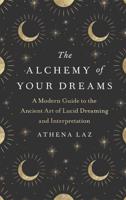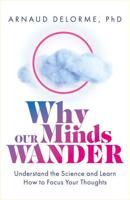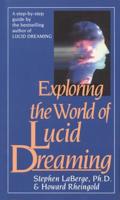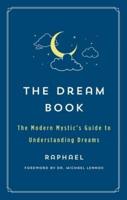Publisher's Synopsis
Scientifically, dreams are defined as brain activity while a person is sleeping. The types of dreams that a person has can be traced to what part of the sleep cycle they were in during the dream. Dreams are directly connected to stored memories that are stimulated while we sleep. Scientists have a variety of hypotheses on why we dream. One of the hypotheses on why we dream is that it gives the cortex a chance to rest. By unplugging the cortex, your brain is no longer processing information. Instead, it dives into your memory banks and replays old memories, often jumbling them together in ways that do not make logical sense. According to this hypothesis, dreams do not have any meaning and our attempts to create some deeper truth out of scrambled memories is a human fallacy. A second hypothesis has arisen with the discovery that most mammals dream. Proponents of this hypothesis argue that dreams must serve a purpose if they are such a widespread phenomenon. The strongest theory thus far is the "threat simulation theory." The essence of this theory is that dreams are a way for the brain to put itself in different scenarios and then think of a way out. It's essentially your brain's way of training itself to respond to threats. Like the first hypothesis, this one ascribes no deeper, hidden meaning to the actual contents of the dream. An opposing hypothesis puts forth the idea that dreams are a way to encode memories. The amygdala is the part of our brain that is responsible for the formation of memories, especially very emotional ones. The amygdala is also very active during dreams. Interpreting dreams, under this hypothesis, is a way to analyze the memories that are too painful for us to face while fully awake. People who support this hypothesis believe dreams to be very helpful in facing past trauma. They have found by using the dream to tease out some event buried within their subconscious, they have been able to face their past and begin the healing process. Those who oppose this hypothesis fear that it may be harmful to those who subscribe to it. Their concern is that people become convinced that there is a traumatic event buried in their past when no such event ever truly occurred. By learning more about dreams and dream interpretation, you will come to recognize the different types of dreams and be able to understand what is causing them without ascribing the wrong meaning to them. Take advantage of this great opportunity to learn to interpret your dreams and use these messages to learn more about your life!









